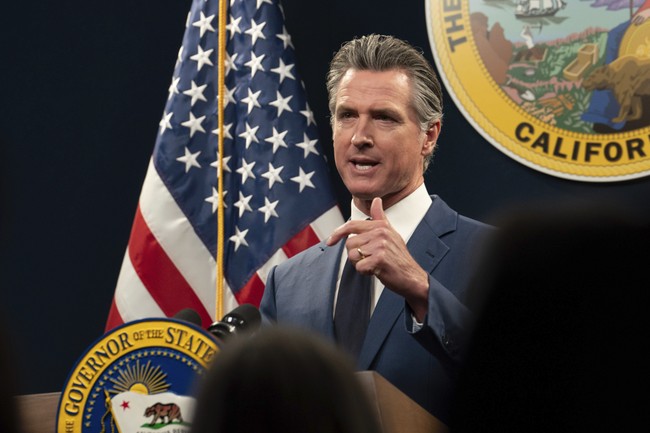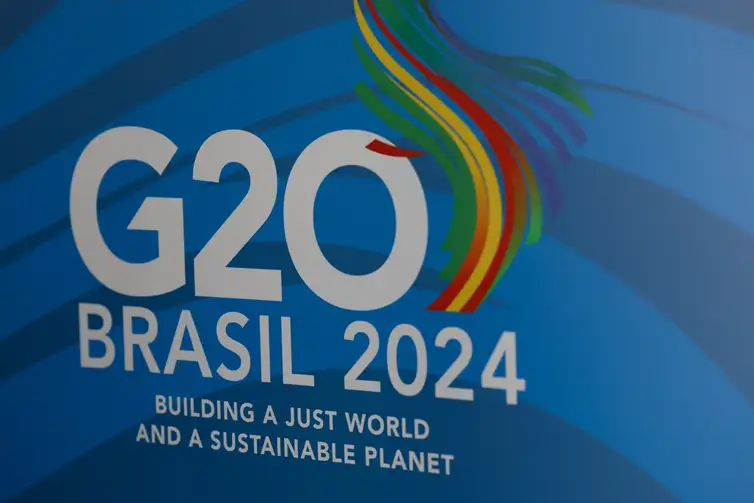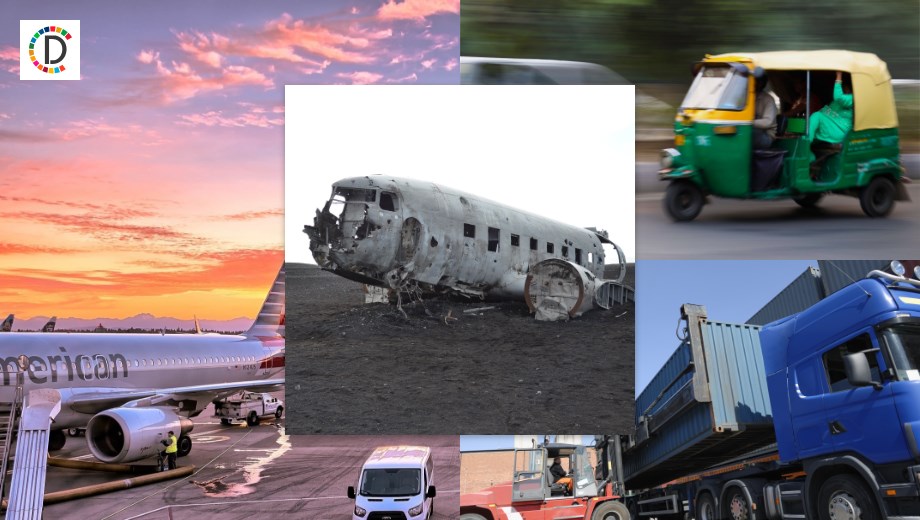Aid Pier Ignites Tensions in Israel-Gaza Conflict
As the US brings humanitarian aid via a new maritime route to the war-torn Gaza Strip, the area's complex geopolitical tensions surface.
Published May 18, 2024 - 00:05am

Image recovered from bostonglobe.com
The US military, in an effort to address the escalating humanitarian crisis in the Gaza Strip, has completed a pier project allowing for an alternative aid delivery route amidst the ongoing conflict with Israel. The maritime route, fraught with logistical, security, and weather challenges, is not intended to replace the more sustainable land-based deliveries but rather complement them. As heavy fighting displaces hundreds of thousands in Gaza, Pentagon officials emphasize the security of US forces involved in the aid operation, coordinating closely with Israeli forces and deploying two US Navy warships nearby.
Amidst the violence, international tensions mount as Israel's Defense Minister openly challenges Prime Minister Netanyahu's policies regarding Gaza's future status. Calls for the cessation of the Rafah invasion come from the international community, as allegations of war crimes and genocidal actions by the Israeli military draw attention from nations like South Africa and Egypt. Both have voiced concerns regarding Israel's activities, with Egypt considering a formal accusation of genocide against Israel at the International Court of Justice. Internal divisions within the Israeli government and pressure from opposing political stands further complicate the situation, influencing responses on both regional and international levels.
The humanitarian catastrophe in Gaza intensifies with shortages of food, fuel, and safe access for aid deliveries. The United Nations, various aid agencies, and countries like Turkey have applied pressure on Tel Aviv to halt military operations that hinder humanitarian efforts. Controversially, suspicions about arms shipments possibly headed for Israel have emerged, although the Spanish Ministry of Transport denies these claims, stating the cargo's destination as the Czech Republic.
The new sea route, operationalized by the US military off the coast of Gaza, begins cautiously with truckloads of aid amid risks of shutdown due to escalating security concerns. With millions of Palestinians displaced and in dire need of assistance, the international community watches closely as the US and allied forces strive to bring aid while navigating a mosaic of military operations and political disagreements.
The crisis also highlights the fragility of the historic peace agreement between Egypt and Israel, bringing to question the fate of Gaza and the broader implications for Middle East peace. As Israel asserts control over critical regions like Rafah, the risk of further strain with Egypt—a key player in regional negotiations and an important US ally—potentially threatens decades-old stability following the peace treaty that has defined the relationship between the two nations.
The hastily constructed pier project spearheaded by the US military is a strategic response to the humanitarian crisis that has unfolded in the Gaza Strip amid continuous conflict. While the pier offers an alternative for aid delivery, the efficacy of this maritime route remains to be thoroughly tested. The initiative underlines the military's adaptive capacity in crisis zones, enabling faster and more direct humanitarian aid operations. This move is also indicative of the US's broader strategic interests in the region, as it seeks to alleviate the Gaza Strip's humanitarian plight while ensuring alignment with its foreign policy objectives.
The complexity of the ongoing situation is further compounded by the precarious ceasefire negotiations between Israel and Hamas. Several nations and international bodies are calling for a sustainable solution to the conflict, which has led to widespread destruction and loss of life. As diplomatic efforts wax and wane, the construction of the pier is seen as a tangible effort to mitigate the suffering of Gazans, though doubts remain about the longevity and impact of the project given the tumultuous situation on the ground.
Meanwhile, human rights organizations continue to document and report on the humanitarian disaster. Detailed accounts of displaced families, decimated infrastructure, and an overwhelmed healthcare system provide a sobering context for the urgency of aid efforts. The ability of aid convoys to navigate the erratic security environment is crucial to the delivery of essential supplies, and the presence of US Navy vessels underscores the seriousness of the international community's commitment to ensuring safe passage.
The political landscape within Israel is no less turbulent, with the public's response to Prime Minister Netanyahu's recent decisions bringing forth protests and heated debate. While the Israeli Defense Minister's rare critique of Netanyahu's stance reflects internal power dynamics, it also signals the potential crux of future policy shifts for the embattled nation. As Israeli society grapples with ethical, strategic, and political considerations, the broader Middle East watches intently, the outcome likely to set crucial precedents for the region's geopolitical future.
Precarious as the situation remains, international players are not passive. Countries like Qatar, which have historically contributed to reconstruction efforts in Gaza, now face the arduous task of reassessing their roles and aid strategies to align with the new realities imposed by the conflict. International agencies such as the Red Cross and United Nations Relief and Works Agency (UNRWA) work relentlessly to coordinate efforts, deliver aid, and advocate for the protection of civilians caught up in the violence.
This renewed crisis in Gaza has amplified conversations around the ethical responsibility of world powers in armed conflicts. Debates on the floor of the United Nations often reflect the multiplicity of perspectives, with arguments ranging from the sanctity of state sovereignty to the moral and legal imperatives of humanitarian intervention. As each nation calibrates its stance, the collective response to the crisis will be a testament to the efficacy of international law and the humanitarian resolve in the 21st century.
In conclusion, the establishment of the pier by the US military represents a noteworthy effort toward providing humanitarian relief to the Gaza Strip, albeit amidst a barrage of complex political, security, and logistical challenges. The involvement of US and Israeli forces in close coordination suggests a high level of international engagement and a recognition of the pressing need to stabilize the region. However, it is the confluence of political will, diplomatic negotiation, and sustained humanitarian support that will ultimately determine the fate of the millions of Palestinians caught in the crossfire and the trajectory of the Israeli-Palestinian conflict at large.






